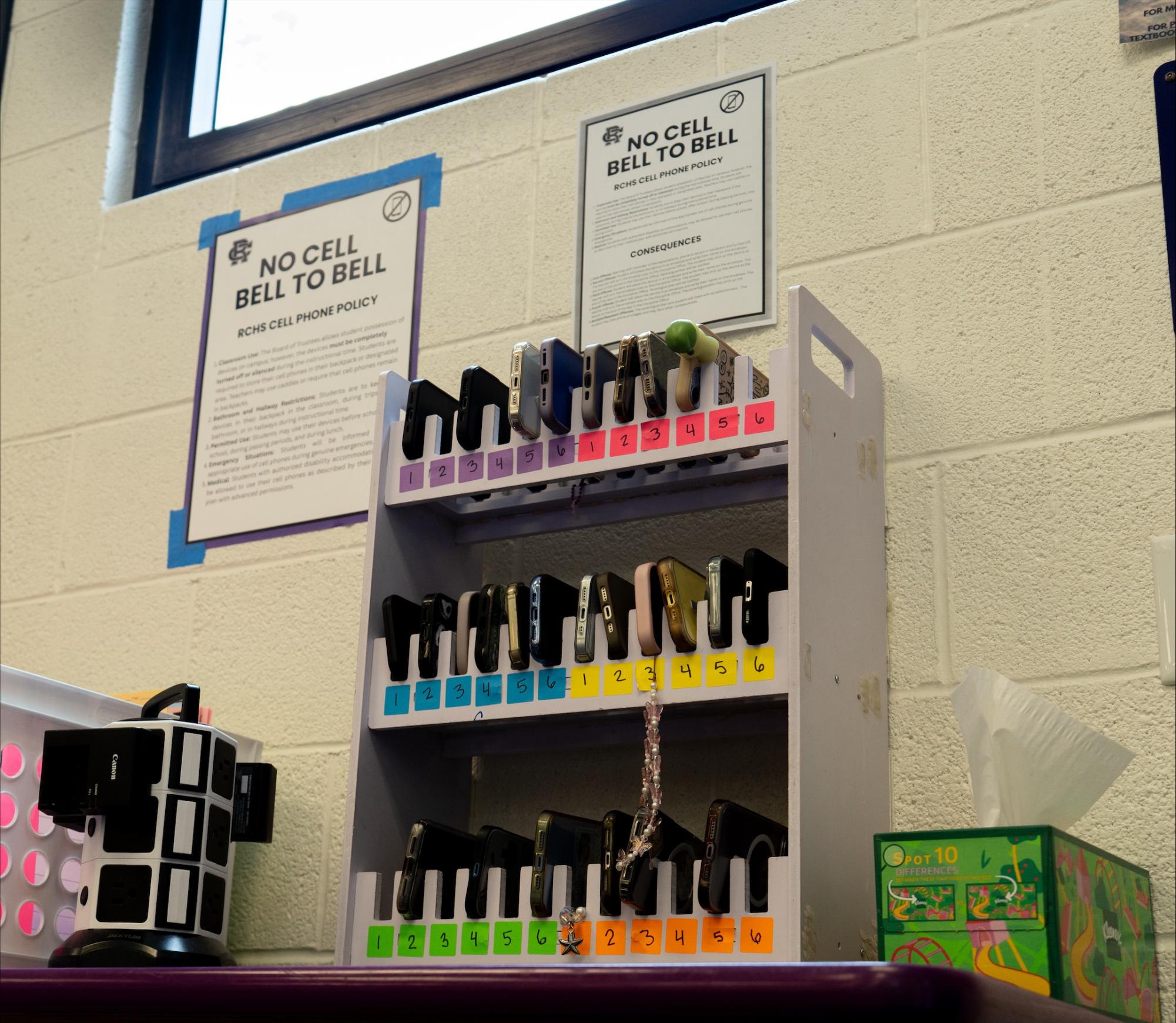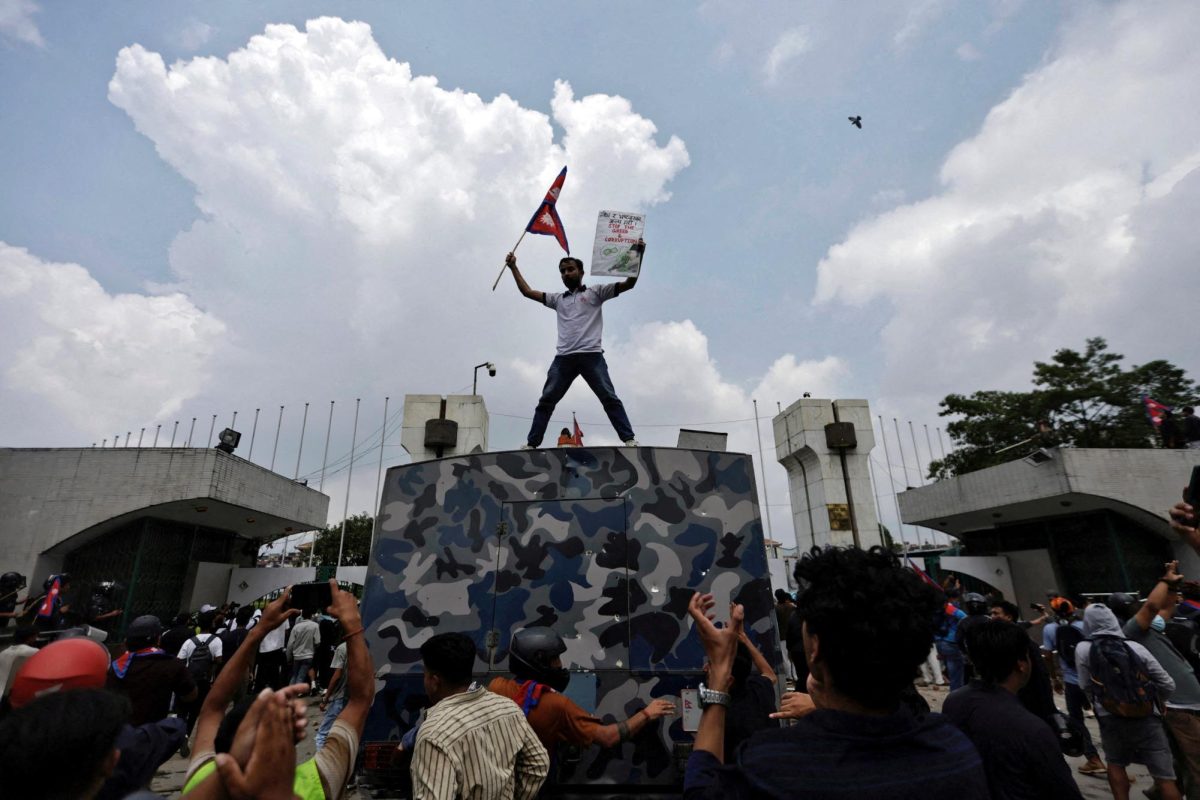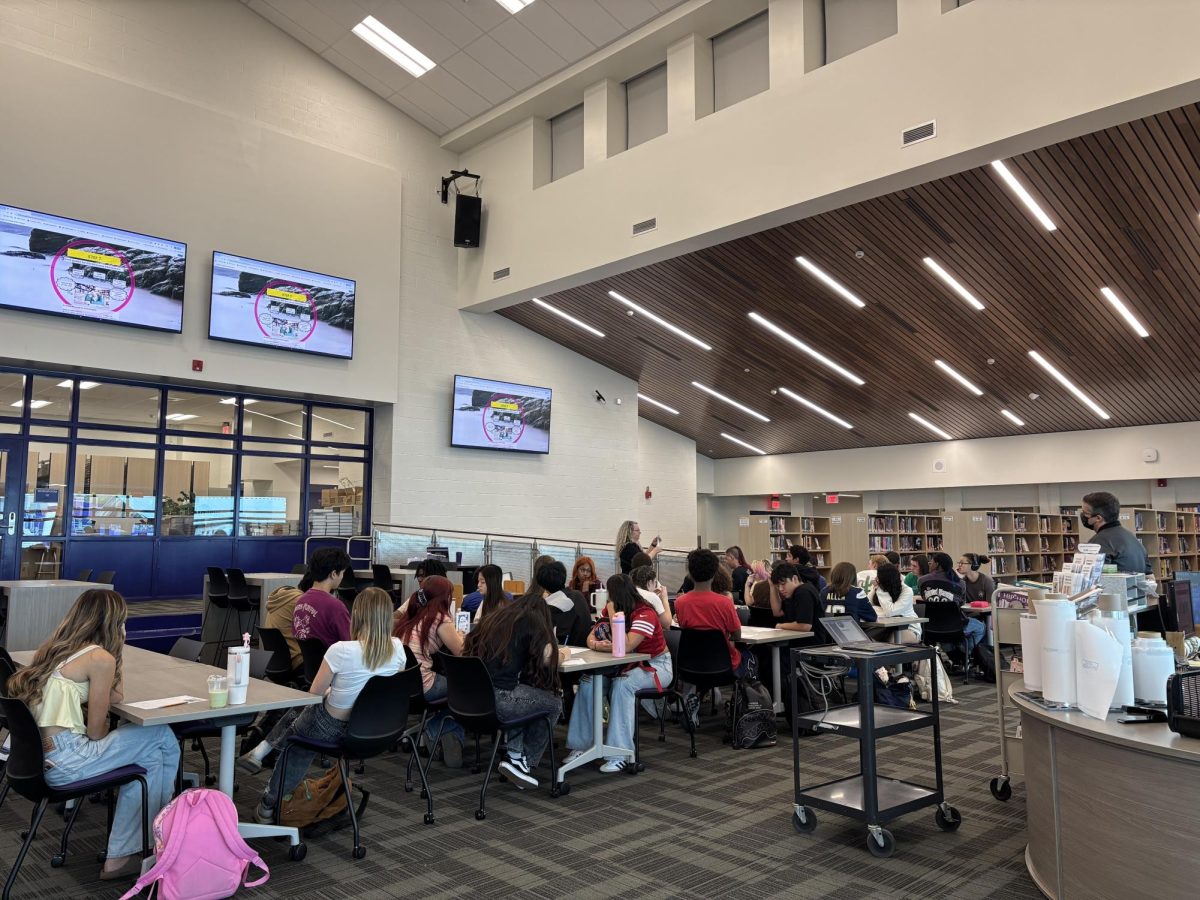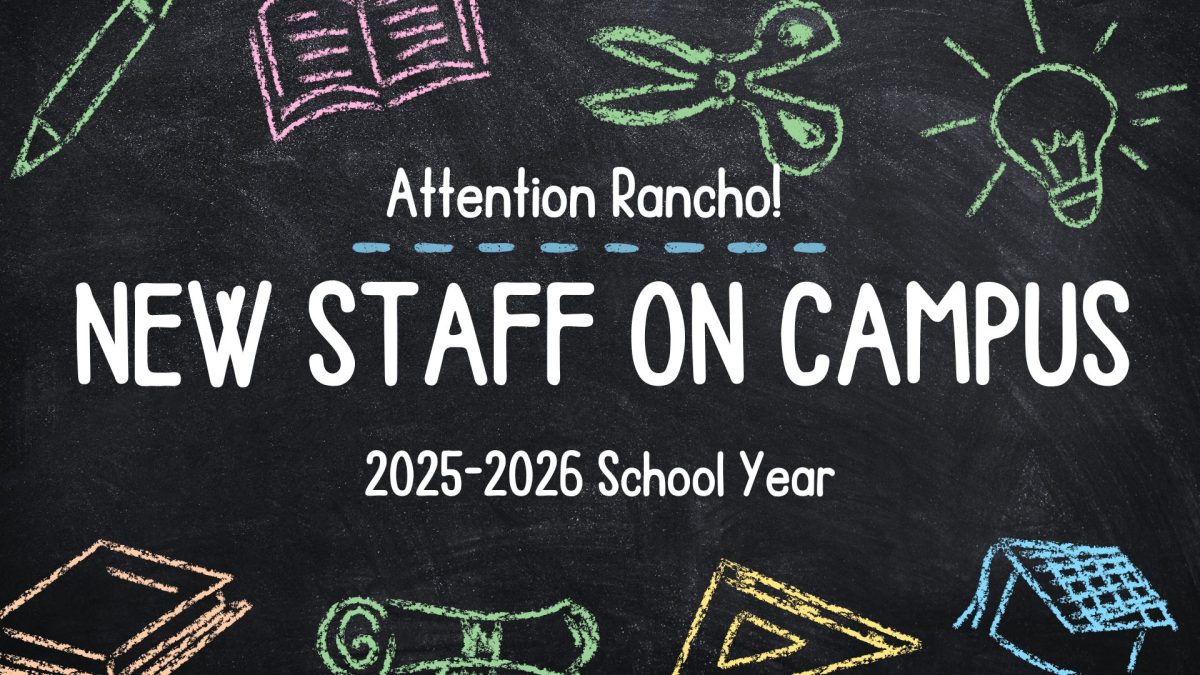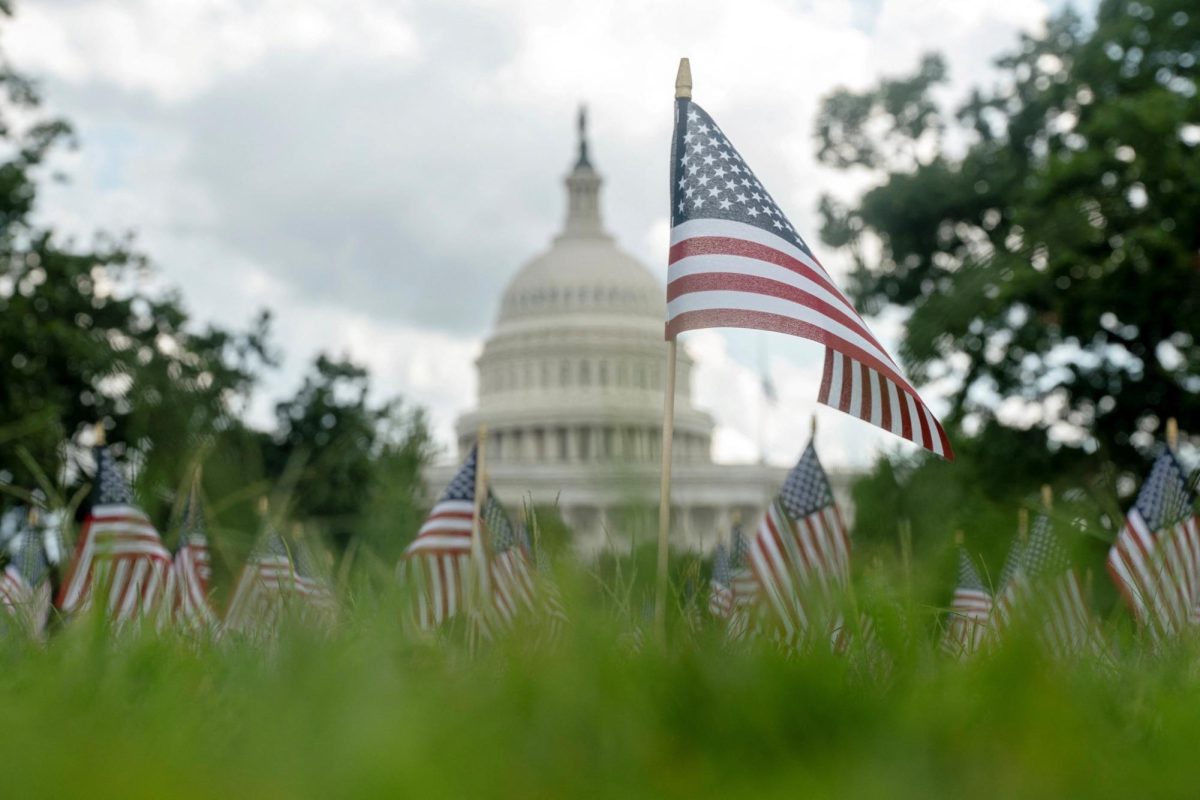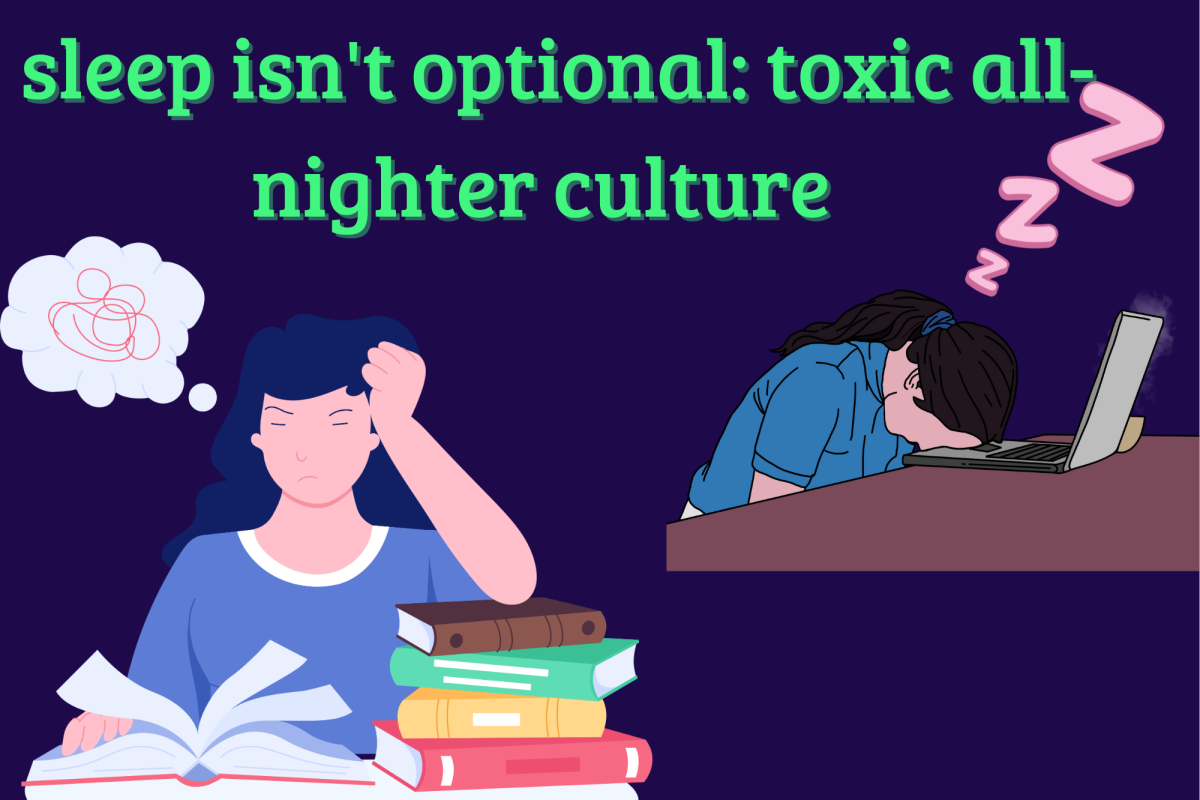Following in pursuit of 31 other states in implementing legislation restricting student cell phone use on school premises, California is gearing up to enforce similar cell phone legislation. To prepare for this, Rancho Cucamonga High School has adopted a similar policy for the 25-26 school year, now being referred to as “No Cell Bell to Bell.”
This policy stems from California Assembly Bill 3216, the Phone-Free School Act, in the California State Assembly. The bill, which passed unanimously, aims to reduce or eliminate phone usage in education by July 2026. California Governor Gavin Newsom’s website linked phone usage to “increased anxiety, depression, and other mental health issues.”
When asked about the cell phone policy, Dr. Mat Holton, the Superintendent of the Chaffey Joint Union High School District, explained why this cell phone policy was necessary in accordance with state law. He also explained the potential benefits that may come from it.
“There was legislation that caused schools to really look at the use of cell phones,” Holton said. “They want to make sure they can learn to their full extent –really focus on what can work to really help students be able to focus on their work while not being distracted.”
Cell phone usage has also brought into question not just its place in the classroom, but the way individuals interact with it daily, particularly with kids. With alarming numbers of youth who are performing below average levels of sufficiency, addiction is certainly part of the problem.
“I think that cell phones can be an addiction, and I think that it is really hard, not just for students in high school, but even adults to be able to set that aside and be able to focus on another task–so what better age to begin that than students in school. Being able to learn to put it down, focus on another task, and move to another one,” Holton said.
While the bill stems from research, it comes with controversy, especially from students at RCHS. While majority of teachers are currently pleased with the law, students are against the decision, with the primary reason being that they feel phones are not only valuable academic tools for research and organization, but also a matter of personal freedom and trust, arguing that the ban unfairly limits their own independence and the way they can shape themselves to be more productive.
“I understand that phones can be a distraction, but for most of us that’s how we keep in contact with family, keep track of assignments, and do research with,” senior Ronny Buzenes said. “The ban makes me feel as if the school doesn’t trust us to prioritize our education, and it’s creating unnecessary tension between the students and teachers because of that.”
Not only that, school districts such as the Los Angeles Unified School District approved an even stricter version of the amendment, stating a full ban on cell phones will be in place where depending on the campus, phones would either have to be put in storage bins or sealed pouches.
With the July 2026 deadline approaching, the primary focus right now is “on making sure that the environment is conducive to learning,” Holton said.





